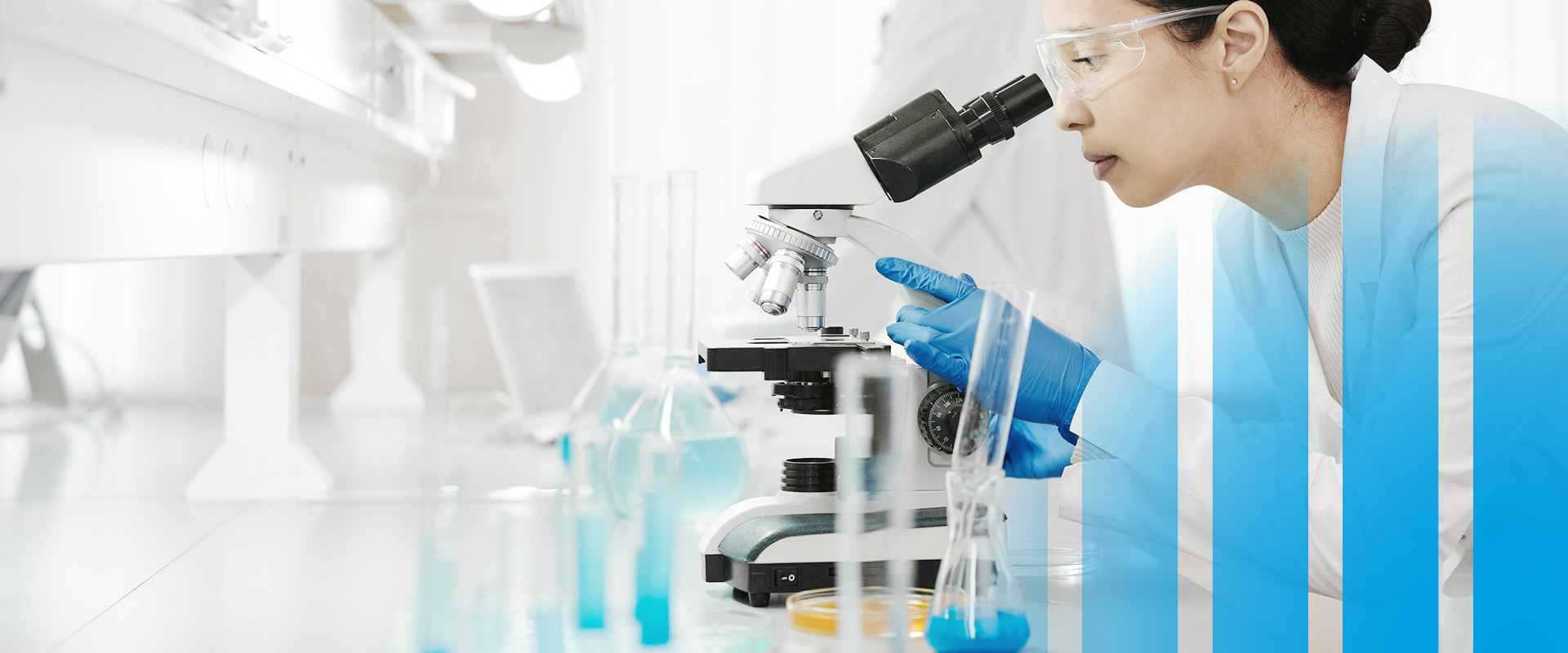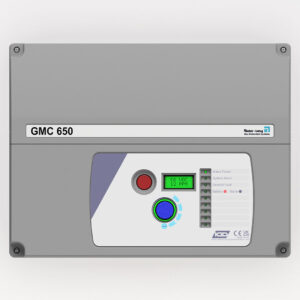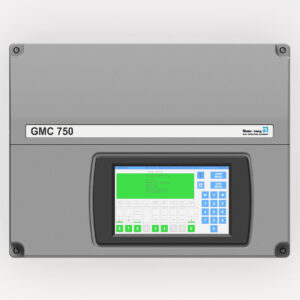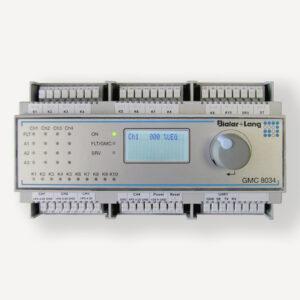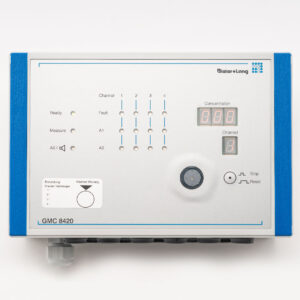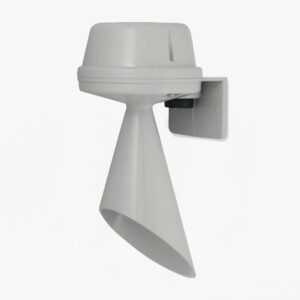Medicine + Health
In medicine and healthcare, toxic and poisonous gases can be both therapeutic and hazardous. Handling such gases requires extreme caution to protect the health and safety of patients, staff and the environment.
Important poisonous and toxic gases in medicine
Carbon monoxide (CO):
– Properties: Colorless, odorless, highly toxic.
– Use: Hardly used directly in medicine, but a danger in case of uncontrolled leakage.
– Risks: Binds to hemoglobin, prevents oxygen transport, leads to oxygen deficiency.
Carbon dioxide (CO₂):
– Properties: Colorless, odorless, hazardous in high concentrations.
– Use: For ventilators, in surgery (e.g. for laparoscopy).
– Risks: Hypercapnia (too much CO₂ in the blood), headaches, dizziness.
Chlorinated solvents and halogenated anesthetics (e.g. sevoflurane, isoflurane):
– Properties: Toxic if handled improperly.
– Use: Anesthesia, sedation.
– Risks: Liver toxicity, kidney damage, environmental pollution.
Nitric oxide (NO):
– Properties: Gas used in medicine to treat lung diseases.
– Use: Treatment of pulmonary hypertension.
– Risks: Toxic if used incorrectly, can lead to oxygen deficiency.
Ammonia (NH₃):
– Properties: Irritant, toxic.
– Use: In laboratories, in the manufacture of medicines.
– Risks: Shortness of breath, irritation of the mucous membranes.
Benzene and solvents:
– Properties: Toxic, carcinogenic.
– Use: In the manufacture of medicines, laboratory chemicals.
– Risks: Blood diseases, cancer.
Health hazards due to toxic gases
Acute poisoning:
– Shortness of breath, headaches, nausea, unconsciousness, in the worst case death.
Chronic stress:
– Long-term exposure can lead to liver damage, kidney damage, nerve damage or cancer.
Danger to personnel:
– Nursing staff, doctors and laboratory staff are at risk if handled incorrectly.
Protective measures and gas warning systems
Gas warning systems:
– Continuously monitor the concentration of toxic gases in rooms.
– Alarms immediately if limit values are exceeded.
– Automated shutdowns or ventilation systems can be activated.
Personal protective equipment:
– Respiratory masks, gloves, safety goggles.
Ventilation:
– Effective exhaust air systems in laboratories and treatment rooms.
Training courses:
– Personnel must be trained in the safe handling of gases.
Standards and legal requirements
DIN EN 60079: Standards for the safe use of gas detection systems.
ISO 13485: Quality management for medical devices.
CE marking: Conformity with European safety standards.
Occupational health and safety laws: Regulations for protection against toxic gases.
Research and innovation
Sensor development:
– High-precision, fast and reliable sensors for toxic gases.
Mobile and portable devices:
– For use in emergency situations or for home visits.
Automated monitoring:
– Networked systems that transmit data in real time to central
